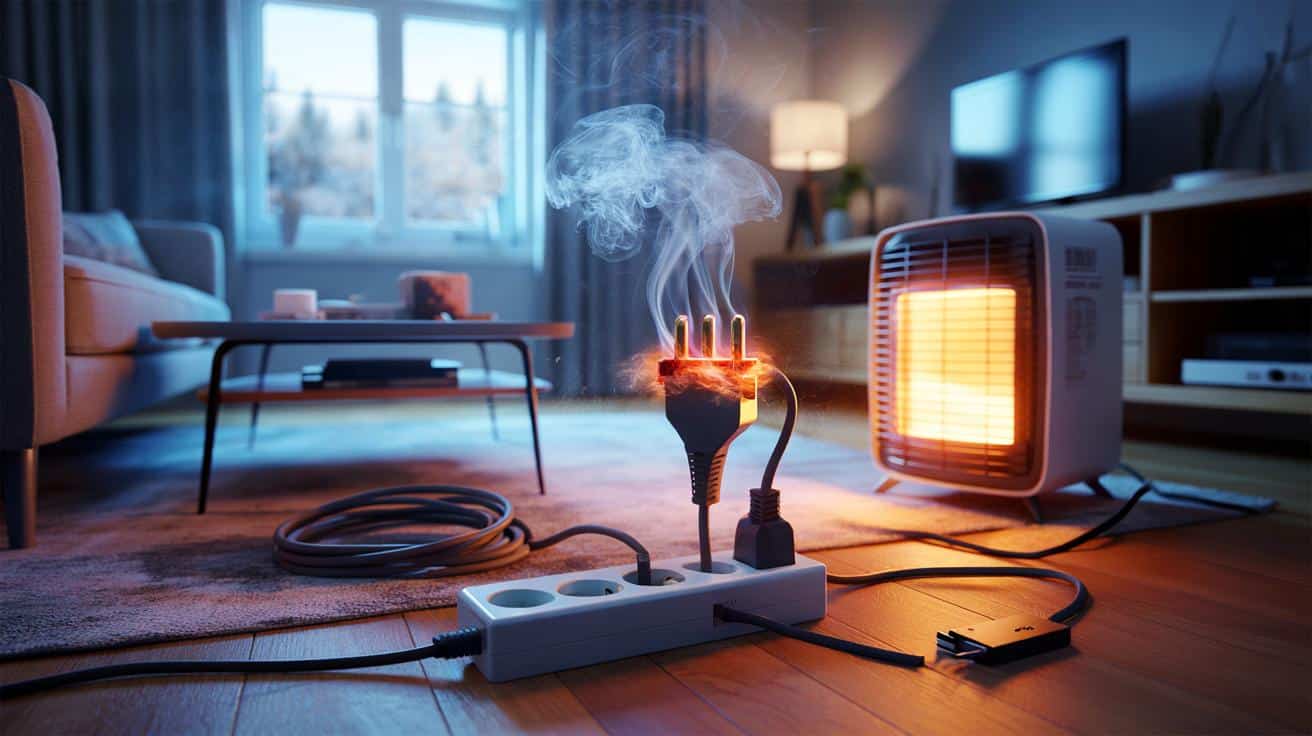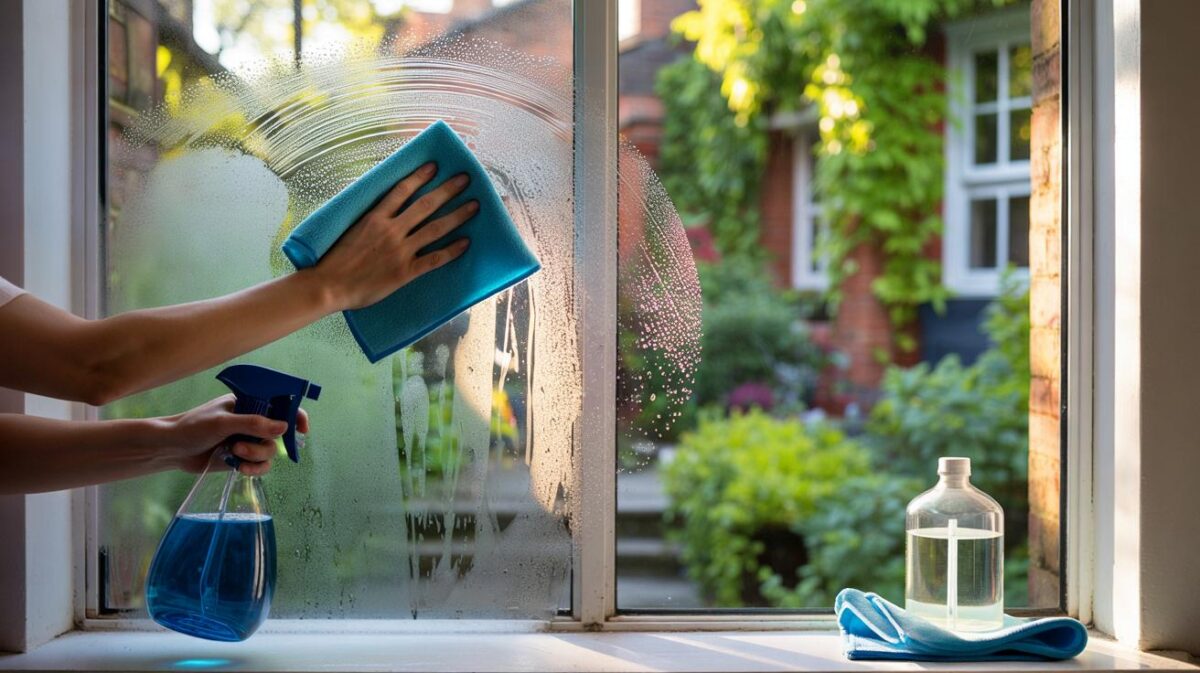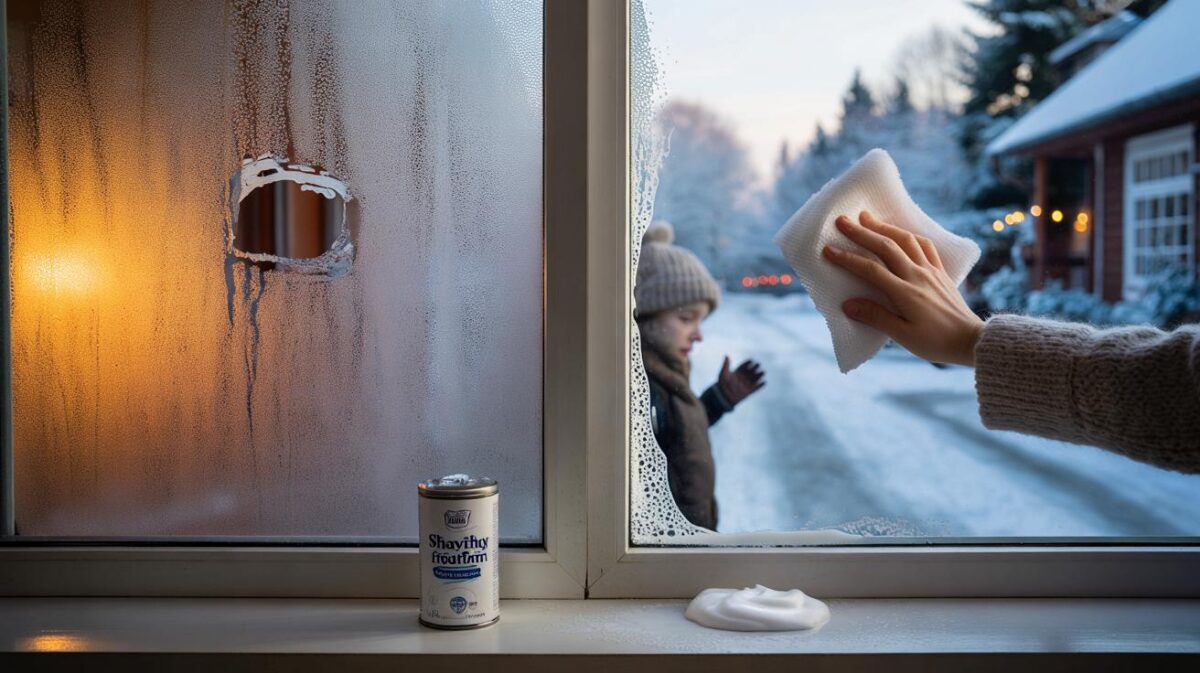People lean on portable heaters and multiway adaptors, hoping for quick warmth. A few overlooked watts can push cables past their limits and turn a cosy evening into a dangerous near‑miss.
The winter shortcut that overheats sockets
The device at the centre of seasonal scares is the portable space heater. It is compact, reassuring and deceptively hungry. Many models draw between 1,000 W and 2,500 W. That is a heavy load to place on an extension lead that already feeds a TV, router or lamp.
Most UK extension leads are rated at 13 A, which is roughly 3,000 W at 230 V. In parts of Europe, 16 A strips allow up to about 3,680 W. Those figures describe the total combined load across all outlets, not a target to hit. When people run a heater alongside other appliances, the maths climbs fast and heat builds in the weakest parts of the chain: thin copper, tired contacts and coiled cable.
Never plug a portable heater into a multiway adaptor or a daisy‑chained extension strip. Use a wall socket.
Why the numbers add up to trouble
Heaters deliver instant warmth by turning electrical energy straight into heat. A 2,000 W unit pulls roughly 8.7 A. Add a 1,200 W microwave or a 1,800 W hairdryer and you exceed what a 13 A lead can safely carry. The fuse may blow. Before it does, the lead can run hot, the plug pins can scorch and plastic housings can soften.
Consider a living room scene. A 2,000 W heater runs from a four‑way strip with a 100 W TV, a 50 W router and a 10 W phone charger. That looks harmless, yet you are already near 2,160 W. Someone boils a 2,400 W kettle from the same strip. The total peaks above 4,500 W. That spike is where nuisance trips, melted insulation and fires begin.
- Heater: 1,000–2,500 W
- Kettle: 2,200–3,000 W
- Hairdryer: 1,600–2,000 W
- Microwave: 800–1,500 W
- Iron: 1,800–2,500 W
Keep loads below 80% of a lead’s rating. On a 13 A strip, aim under 2,400 W combined, not at 3,000 W.
Use a wall socket or nothing
The safest rule is simple. Plug a portable heater directly into a fixed wall socket. That gives the appliance a solid connection and avoids heat build‑up in a flex that was never designed for continuous high current.
If you have no spare wall socket and must use a lead, treat it as a temporary compromise, not a permanent fixture:
- Choose a short, heavy‑duty lead with a single outlet, rated for 13 A (UK) or 16 A (EU).
- Uncoil cable reels fully to stop heat from building in the wound‑up layers.
- Do not plug anything else into the same strip while the heater runs.
- Place the lead where it cannot be trodden on, trapped under furniture or pinched by doors.
- Check the plug and lead for warmth after 10 minutes; warmth means you are near the limit.
Surge protectors, adaptors and other myths
Surge protection does not increase how much power a strip can carry. It only clamps voltage spikes. A surge‑protected strip can still overheat when overloaded. Cube adaptors multiply sockets, not capacity. Stacking them creates hot spots at the wall outlet and raises the risk of arcing.
Daisy‑chaining one extension lead into another spreads the load over more plastic, not more copper. The weakest link decides when the system fails. Keep it to one lead, one heater, one wall socket.
Placement, supervision and housekeeping
Give heaters space. Keep at least one metre clear in front and 50 cm around the sides. Steer clear of curtains, sofas, bedding and rugs. Avoid damp rooms unless the heater is splash‑rated. Position on a flat, stable surface. Do not drape clothes over the casing to dry them.
Do not leave a heater running when you sleep or go out. Children and pets trip over flexes and can pull hot units onto carpets. Fit smoke alarms on each floor and test them monthly. Press the test button on your RCD to check it works as intended.
Maintenance and warning signs
Dust blocks vents and forces the fan to labour. Vacuum the grille gently. Inspect plugs for browning, cracking or a fishy smell, which signals overheating plastics. Replace damaged leads immediately. If a breaker trips repeatedly, you have a load problem or a fault that needs attention.
| Lead or circuit rating | Do not exceed (80% guide) | Typical heater alone uses |
|---|---|---|
| 10 A (≈ 2,300 W) | ≈ 1,840 W total | 1,000–1,500 W |
| 13 A (≈ 3,000 W) | ≈ 2,400 W total | 1,500–2,000 W |
| 16 A (≈ 3,680 W) | ≈ 2,940 W total | 2,000–2,500 W |
Count the cost as well as the watts
Running costs add up quickly. At 30p per kWh, a 2,000 W heater costs about 60p per hour. Three hours each evening comes to £12.60 over a seven‑day cold snap. A 100 W heated throw, by contrast, costs around 3p per hour and warms the person, not the room. Draught excluders, thick curtains and door seals lower the need for spot heating and make every watt work harder.
Targeted central heating can beat a portable unit for value. Heat the room you occupy and lower the flow temperature so radiators run longer but gentler. A thermostat and a smart valve on the coldest room can trim peaks and cut the urge to plug in a heater at the first shiver.
When to call an electrician
Old sockets that wobble, warm faceplates and scorched pins point to loose connections. That raises resistance and heat. Ask for extra wall outlets in rooms where people rely on extension leads. An electrician can fit RCD protection if your board lacks it and advise on arc‑fault protection where appropriate. If you use a heater often in one place, a dedicated outlet on its own circuit is safer than any strip.
A quick load check you can do today
Look at the label on your heater and extension lead. Add the wattage of everything plugged into the strip. Keep the total under 80% of the strip’s rating. If the numbers do not fit, move the heater to a wall socket and remove anything you do not need on that circuit. People who follow this simple check avoid the silent heat that builds before a fire ever shows flame.









Isn’t the fuse meant to protect the strip anyway? I assumed a 13 A fuse would trip before anything got hot. If plug pins can scorch before it blows, that really changes how I use these.
Great rule of thumb on staying under 80%. I just did the math: 2,000 W heater + 100 W TV + 50 W router = 2,150 W. On a 13 A strip that’s too close for comfort—moving the heater to a wall socket now.